
Long Exposure Photography

Long exposure photography stands as a beloved technique of many photographers, especially those who specialize in capturing landscapes.
This method involves extending the exposure time to record an environment over an extended period, yielding dynamic effects such as mesmerizing light trails and dreamy, atomized water flow.
Despite its seemingly sophisticated nature, long exposure photography is actually a relatively accessible technique. Let's delve into the process:
Essential Equipment:
A tripod is an indispensable tool for maintaining stability during long exposure shots. If a tripod is unavailable, improvisation with a stable, clean surface is necessary. Stability is paramount to achieving sharp, high-quality images.
Related
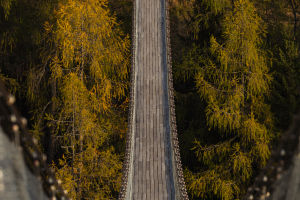 Emotions mislead, decisions misled.
Emotions mislead, decisions misled.
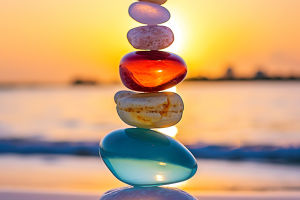 Over thousands of years, natural forces transform large rocks into smooth, colorful pebbles.
Over thousands of years, natural forces transform large rocks into smooth, colorful pebbles.
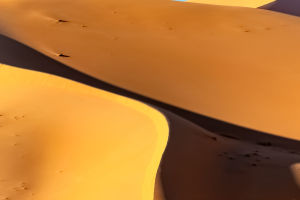 Unexpected prolonged rainfall in deserts can wreak havoc on ecosystems, human settlements, and health.
Unexpected prolonged rainfall in deserts can wreak havoc on ecosystems, human settlements, and health.
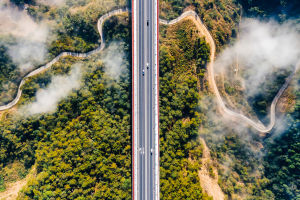 A century ago, pigeons with tiny cameras pioneered aerial photography, giving us stunning bird’s-eye views.
A century ago, pigeons with tiny cameras pioneered aerial photography, giving us stunning bird’s-eye views.
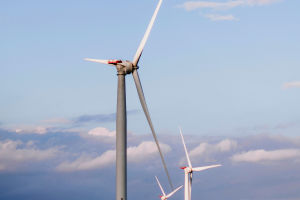 Will the Potential of Wind Energy Resources Be Unlimited?
Will the Potential of Wind Energy Resources Be Unlimited?
 Switzerland's 2-Kilometer Train: You Won't Believe How This Mega Train Works!
Switzerland's 2-Kilometer Train: You Won't Believe How This Mega Train Works!
Camera Setup:
Long exposure effects can be achieved using both DSLR cameras and smartphones equipped with a professional mode. Begin by adjusting the shooting mode to TV (Time Value) or M (Manual) gear on a DSLR camera.
For smartphones, ensure that the device supports professional shooting modes. Adjust the ISO sensitivity appropriately, aiming for a lower setting to maintain optimal picture quality. Typically, ISO settings between 100 and 400 suffice for most scenarios.
Adjusting Shutter Speed:
The shutter speed can be adjusted according to the desired outcome. For capturing mesmerizing light trails, a shutter speed of approximately 10 seconds often yields impressive results. However, experimentation is key, and adjustments should be made based on the specific shooting conditions.
Be mindful to avoid overexposure or underexposure, striking a balance to achieve the desired effect.

Subject Selection:
Long exposure photography offers versatility in subject matter, with water and traffic being popular choices. When photographing water, seek locations with flowing or cascading water bodies, such as beaches, lakesides, or small waterfalls.
Longer exposure times accentuate the misting effect, ideal for capturing serene, ethereal scenes.
For optimal results, consider shooting during the soft light of sunrise or sunset, when the gentle hues enhance the ambiance.
Safety is paramount, so ensure both personal and camera safety while shooting near water bodies.
When photographing traffic, focus on capturing the mobility of lights. Select locations with significant traffic flow, such as roadsides or overpasses.
The golden hours around 6:00 pm to 7:00 pm, when the day transitions into twilight, offer ideal lighting conditions for capturing the mesmerizing glow of vehicle lights. Exercise caution and prioritize safety when shooting near roads or traffic-heavy areas.
Mastering the art of long exposure photography opens up a world of creative possibilities, allowing photographers to capture stunning and dynamic scenes. With the right equipment, camera settings, and subject selection, photographers can create captivating images that evoke emotion and intrigue.
Whether capturing the tranquility of flowing water or the bustling energy of city streets, long exposure photography offers a unique perspective that captivates viewers and ignites the imagination.
Beyond the traditional subjects of water and traffic, long exposure photography invites photographers to explore a myriad of creative possibilities. Experiment with capturing celestial movements, such as star trails or the mesmerizing dance of the Northern Lights.
Delve into the realm of urban exploration, where abandoned buildings and forgotten structures become canvases for artistic expression.
Embrace unconventional perspectives and unexpected subjects, from fireworks displays to bustling cityscapes captured from high vantage points.